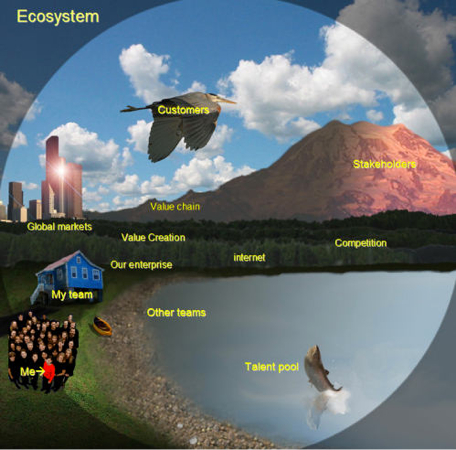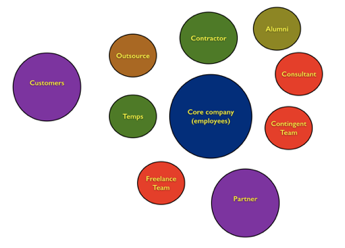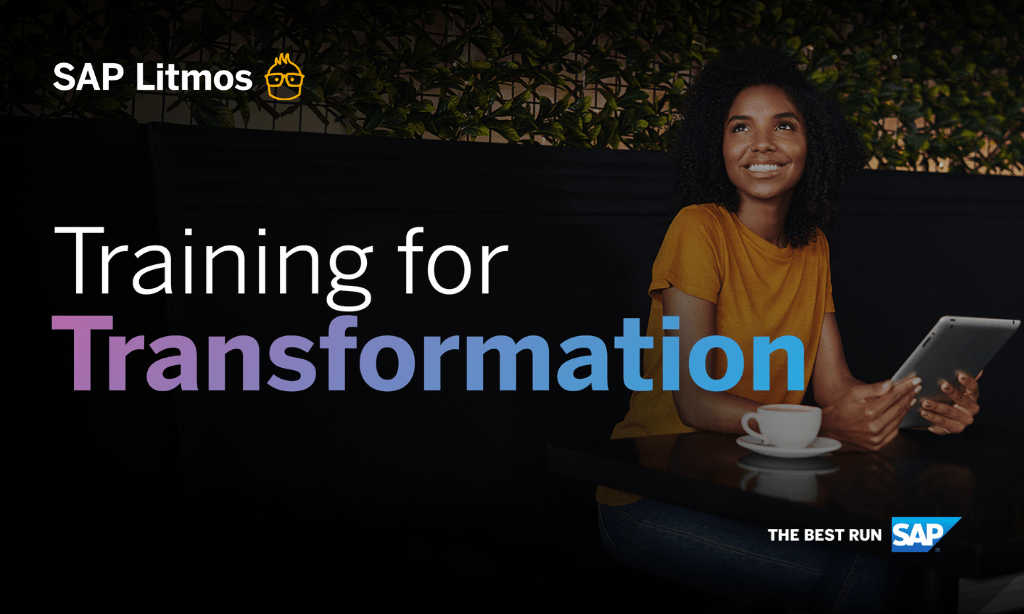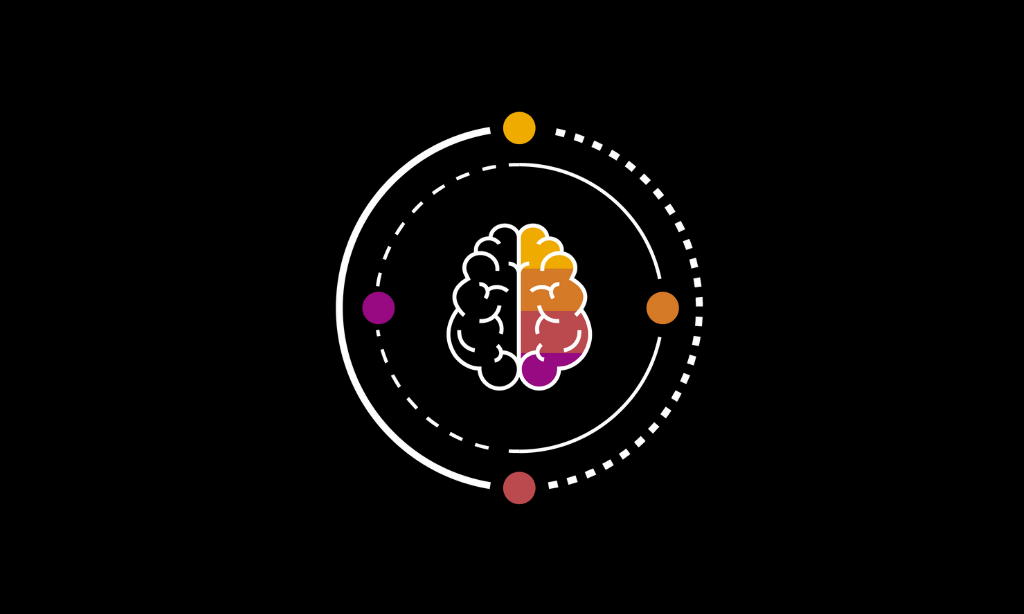Looking Through the Workscape Lens (1 of 2) – GUEST Post by Jay Cross

Learning Ecosystem, Learning Ecology, and Learnscape mean the same thing as Workscape. I don’t use the word learn with executives, who inevitably think back to the awfulness of school and close their ears. “Let’s talk about performance.”
The Workscape is a systems-eye view of the workplace. Everything is connected. Rather than try to control nature, we do what it takes to keep the environment thriving.
In the same vein, I talk about Working Smarter instead of informal learning, social learning, and so forth. Some people denigrate informal learning but nobody’s against Working Smarter.
Your organization already has a workscape where people are learning to work smarter. That’s where all the informal and social learning we hear about is taking place. The problem is that the learning processes are haphazard, often a paving of the cow paths. Many employees and stakeholders miss out—and stumble. Most companies’ systems fail to get the job done. Our Workscape ecologies are entering a do-or-die phase like global warming. Management is demanding that the workforce be more effective. “What got us here will not get us there.” We must nurture the Workscape or face corporate meltdown.
Global Warming Signals in Workscapes
We hear that if “it ain’t broke, don’t fix it,” yet most corporate learning and development is broken. 77% of the senior managers surveyed by the Corporate Leadership Council reported they were dissatisfied with L&D. 76% said L&D was not critical to business outcomes. Only 14% would recommend working with L&D. Clark Quinn’s recent book, Revolutionizing Learning and Development, slams L&D, which should be named Performance and Development, for seriously underperforming.
In a survey of 189 Chief Learning Officers, 77% reported that their people are not growing fast enough to keep up with the needs of the business.
Time is speeding up. More happens in a day than your grandmother experienced in a week. Keeping sharp and up to date is now a continuing part of everyone’s job. Corporate learning must expand from focusing on the classroom, which provides at best 10% of learning, to the entire organization where learning while doing is the rule. Training a novice may lead to productivity gains in the future. Helping an experienced person impacts the bottom line immediately. Little wonder that the training department is underperforming: they only touch a minority of employees, most of them newcomers.
As many as four out of five large multinationals report they are undergoing a digital transformation. It goes by many names, from Enterprise 2.0 to Radical Management or simply Going Paperless. Altimeter Group defines digital transformation as:
“the realignment of, or new investment in, technology and business models to more effectively engage digital customers at every touchpoint in the customer experience lifecycle.”
The digital transformation of workplace learning involves moving from the limited training department to the holistic Workscape framework view of the world. [Digital transformation by any other name, Jason Bloomberg in Forbes]
The input may be establishing social learning networks; the output is improvement in the business overall.
Scope of the habitat
Put on your ecologist hat. Let’s examine the diversity of species among those people in your Workscape drawing paychecks:
Novices and newbies have been the main focus of training. This includes new hire on-boarding and provision of basic and technical skills (we’re all novices at something). This minority uses a disproportionate share of the training department’s resources and mindshare.
Experienced producers bring home the bacon yet training departments overlook them. Training departments have single-shot solutions: courses. Courses are rarely appropriate for experienced workers. Many old hands will not tolerate them nor learn from them if they do. They know that experience is a better teacher. Tuning the learning environment to make systemic changes for this underserved population has fantastic upside potential, perhaps enough to get CLOs a real seat at table in the C-Suite.
Top performers are the 20% of the team that generate 80% of the results. A 1% improvement at this level makes waves. This species needs special handling, sometimes including personal service.
Compliance is a red herring that people point to when discussing how deep “training” goes into the organization. However, compliance is not learning. Sure, it’s required, but no body’s expecting much performance improvement in the area, particularly in its present primitive form.
Alumni are an overlooked opportunity in many organizations. IBM invested in keeping former IBMers abreast of what was going on back at Big Blue. The alumni connected over social media and saw demos in Second Life. The result? An on-going flow of leads from true-believers and those who contract with IBM.
Subspecies. L&D has traditionally focused on the needs of employees on the payroll exclusively, disregarding the fact that partners, customers, subcontractors, temps, service agencies, outsourcers, suppliers, and others are equally part of the value chain. Take the Workscape view. Let’s go up to a balcony overlooking a model of your business. Look at the flow of business. You can see that the product is only as good as the weakest link in the chain. Think carefully about who you want to be co-learning with.
The Workscape should address the needs of learners throughout the extended enterprise.
Theoretically, your Workscape — the realm where you’ll be wielding your influence on performance and learning — could stretch way beyond your firewall to include nearly everyone the organization interacts with. Imagine how much cooperation will improve if they all read from the same page.
What to Expect in Part 2
Part 2 will address how Workscapes are changing, what tools you can use to increase performance, an environmental impact report, and how to adopt a Workscape perspective on performance.






